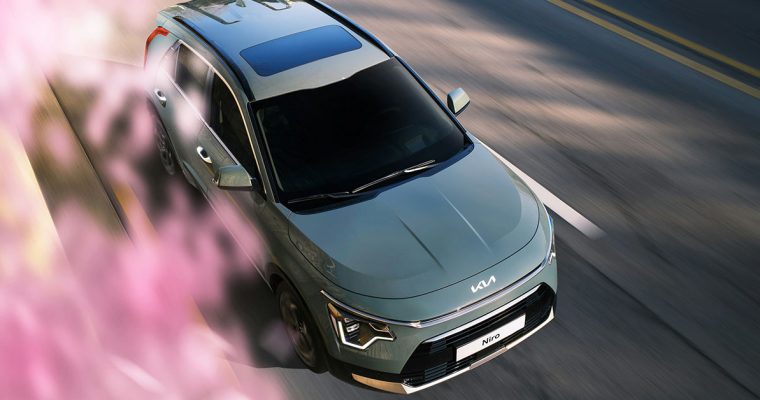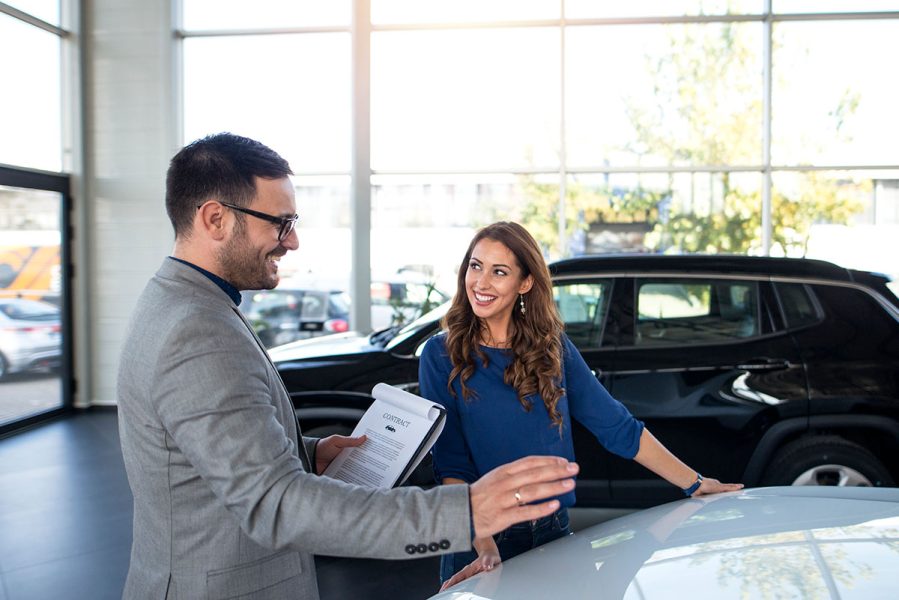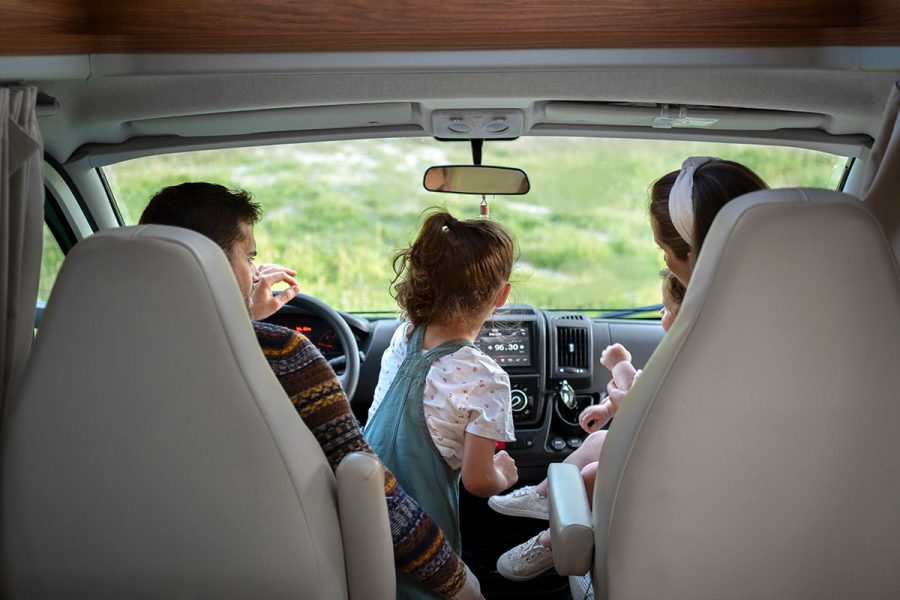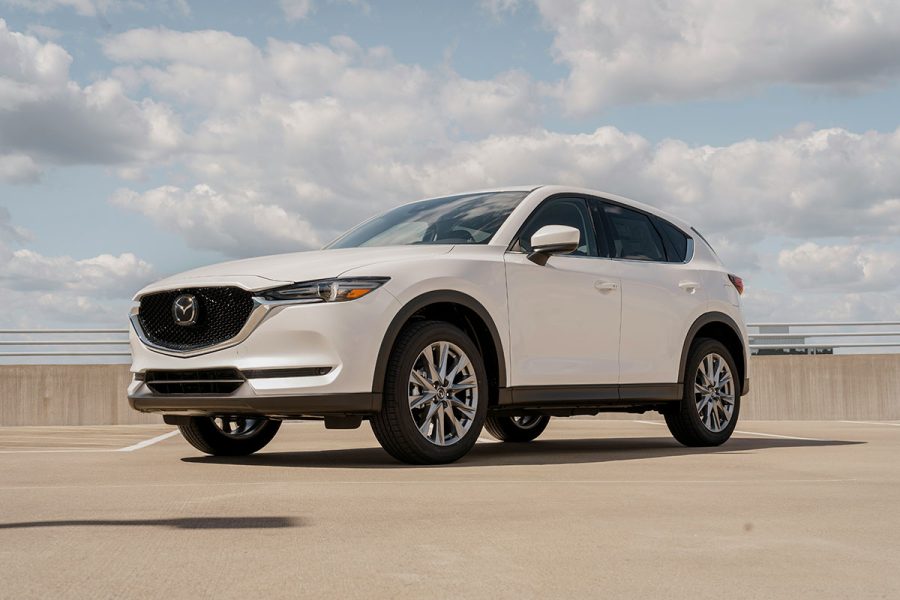
Are bigger cars making us less safe?
For your employees2023 was a disastrous year for road deaths in Australia.
Despite the efforts of road safety authorities, and excellent initiatives like National Road Safety Week, the BITRE data shows that 1266 people lost their lives on Australian roads last year; — an increase of 7.3 percent on 2022’s 1194 deaths.
Most disturbingly, the last half of 2023 was the deadliest six months on Australian roads since 2010, with 677 fatalities recorded between July and December.
There are many known factors that contribute to road deaths: driver distractions, fatigue, excessive speed and driving under the influence of alcohol or drugs. Other factors, like the after-effects of COVID lockdowns on roads and road users, are also being noted by experts and road safety authorities.

The conversation has now turned to another contributing factor to the national road toll: the increasing number of Suburban Utility Vehicles (SUVs) on Australian roads. A growing body of research locally and internationally shows SUVs can be safer for their occupants but not for pedestrians and other vehicles — particularly smaller cars — when involved in a collision.
Let’s look at the reasons why this is the case. But first…
WHY ARE PEOPLE BUYING SUVS?
Over the last 10 years, sales of SUVs and utilities (utes) in Australia have increased at a remarkable pace. Over the same period, sedan, hatchback and wagon sales have experienced a marked decline.
In 2014, passenger vehicle sales – sedans, hatchbacks and wagons – accounted for 49.9 percent of the Australian market, while SUVs made up 29.4 percent. As of 31st December 2023, SUVs account for 55 percent of the market. Light commercials — two– and four-wheel drive utes as they’re now categorised by VFACTS — have a market share of 22.9 percent, while passenger vehicle sales have slumped to just 18.3 percent.

It’s safe to say Australian motorists are in love with SUVs and utes. The rise in popularity of work (and play) utes can be explained by an ever-growing number of people taking up work in trades and skilled employment roles, as well as a raft of tax deductions such as the instant asset write-off and fringe benefits tax.
But there are other reasons why we’ve come to love SUVs over people movers, wagons and sedans.
“Nowadays, light commercial vehicles are far more appealing as family vehicles than they were decades ago because they are far more comfortable, better to drive and have as many features as conventional passenger cars,” explains RACWA’s Vehicles and Fuels manager Alex Forrest.
Other reasons for this popularity include practicality, versatility and the safety factor.
Practicality
There’s no denying the practicality of SUVs compared to their passenger car competitors, especially in the case of larger or active families.
“Short of buying a van or people-mover, there is no better way to cram everything you own and love into one vehicle,” writes Stephen Colby for Cars Guide and, although a people-mover might be a much smarter choice for some households, “nothing,” notes motoring writer Bruce Newton, “says urban servitude more than a people-mover and, judging by their minute sales, Australians aren’t interested in that.”

When it comes to a vehicle that’s capable of towing a boat, caravan or multi-purpose trailer, many SUVs make light work of the task. Most manufacturers have made important gains in balancing greater power output with better fuel economy in recent years, so it makes SUVs a much more practical and smarter choice for those who’ve got stuff to hitch to their cars.
Comfort
SUVs have traditional passenger cars covered when it comes to comfort, offering greater leg room, head clearance and considerably more cargo space. The increased ride height of vehicles like the Toyota RAV4 and Landcruiser, the Ford Everest, Hyundai’s Santa Fe and Kia’s Sportage and Sorento models also makes it easier for people with mobility issues—or just plain old bung knees and crook backs — to get into and out of the vehicle.

Manufacturers are tuning the suspension set-ups on SUVs destined for Australian markets to handle not only well-paved motorways but also provide smooth, luxurious rides on country highways and unsealed outback roads.
Versatility
We’ll leave the arguments about the off-road capabilities of many popular SUVs for another day but, if you need something that’s as practical in the city and suburbs as it is for exploring the great outdoors, few vehicles match the versatility of an SUV. Whether it’s your camping pack across the year, water sports equipment in summer or skis in the winter, SUVs are a far superior value-for-money proposition than passenger vehicles.
Safety
Whether real or perceived, the issue of safety has also, arguably, played a role in the growth in the popularity of SUVs.
The increased ride height of an SUV provides its drivers with a better view of the road and a greater field of vision compared to passenger cars, and the wider chassis of an SUV equates to a larger crumple zone. It’s important to note, though, that there are many different factors that come into play in measuring how safe a vehicle is. If you’re thinking of buying an SUV, The Australian New Car Assessment Program — ANCAP — is an independent assessment of vehicle safety, safety and is well worth referencing when it comes to comparing how safe one vehicle is over another.

HOW HAS THIS CONTRIBUTED TO MORE COLLISIONS?
Ironically, many of the safety aspects that attract buyers to SUVs are the same reasons why accidents involving these types of vehicles pedestrians and other road users have such horrific and often deadly consequences.
To put it simply, SUVs are more likely to kill pedestrians than traditional passenger cars and, because of their ride height, there’s an increased chance of killing the occupants of smaller vehicles when a collision occurs.
Professor Paul Newstead is the director of Monash University’s Accident Research Centre. He says, the Centre’s data, as well as peer-reviewed studies in the US, clearly show larger cars are “disproportionately likely to injure and kill pedestrians, and may be partly responsible for increases in pedestrian crash deaths.”
“If you go from a medium SUV to a large SUV, you’re actually increasing the risk of serious injury to other road users by about another third,” he continues. “They’re actually the worst class of vehicle for being run into.”
“Those cars are typically problematic for unprotected road users, like pedestrians, because not only are they quite high and stuff, but when they do hit a pedestrian, they’ll tend to drive over the top of them rather than [the pedestrian going] over the bonnet.”

US studies, explains Newstead, showed that, because of their size, SUVs give their drivers a sense of security and make them “much less concerned about others’ safety”.
Another way in which SUVs contribute to more collisions is their weight and design. As Associate Professor David Logan from Monash University’s Accident Research Centre explains, “The bigger mass in the larger vehicle means that the victims in the smaller vehicle effectively [have] a more severe crash.”
“The front of the larger car is [also] very high, and it’s usually quite square and flat,” he says. “When that hits the car that you’re in, if you’re in a smaller car, you’re much more likely to get head contact with the bonnet or the front of the incoming car.”
HOW TO BE A BETTER SUV DRIVER
Becoming a better SUV driver effectively means being an even safer driver than you already consider yourself to be. When you’re behind the wheel of an SUV, assuming the following driving behaviours will help you play your role in reducing road deaths and injuries and protecting your passengers.

1. Eliminate distractions
Keep your mobile phone in its cradle and activate your hands-free settings. Don’t text and drive and, if you’re on an unfamiliar route, program your destination in your GPS or map system before setting off. If you’re hungry, pull over to have a bite – the break will also reduce fatigue and your likelihood of a distraction-related collision.
2. Take a safe driving course
SUVs and 4X4s handle differently than traditional passenger cars. With SUVs weighing considerably more than passenger cars, a sudden swerve to avoid damaging potholes or wildlife while travelling at the posted speed limit of 100 km/h could result in losing control of the vehicle as the weight of your SUV shifts from side to side. It can also cause under or oversteer depending on factors – like your drive mode at the time – in combination with the manufacturer’s suspension tuning. Either of these outcomes could lead to a fatal collision or rollover.
If it’s your first time behind the wheel of a bigger car, it makes sense to enrol yourself and your new SUV in a safe driving course specific to larger and off-road vehicles. Not only will it help you to better understand your new car, but you’ll also get plenty of handy advice from experienced 4X4 and off-road drivers that could one day save your life and ensure your family’s safety on the road.
3. Slow down
It doesn’t matter what size vehicle you’re driving, maintaining a safe speed and staying calm at the wheel are proven ways of minimising collisions because they give you greater reaction time and stopping distance.
Another point to note is, that even with manufacturers tuning SUV suspensions to handle city and country roads in comfort, there’s a fair chance many of the speed limits on roads in regional Australia have been set when passenger cars like the Holden Commodore and Ford Falcon dominated our roads. Meaning, they’re not suited to your SUV. Choose a safe speed for the condition of the road instead.
4. Maintain a safe distance
No, you’re not driving a truck but, given the difference in vehicle weight, an SUV needs more time to come to a complete stop than a traditional passenger car. That distance increases exponentially when you’re towing a caravan, boat or trailer. Whether you’re in the city or on a 110 km/h motorway, leave plenty of braking room between you and the vehicle in front.

IN CONCLUSION
In the last decade, sales of SUVs in Australia have overtaken traditional passenger vehicles like sedans, wagons and hatchbacks. Meanwhile, although it’s significantly better than in previous generations, our national road toll continues to rise.
Just because of their larger size and weight, compared to sedans and hatchbacks, SUVs may have a greater capacity to seriously injure or kill pedestrians and the occupants of passenger vehicles when they collide. As we strive to reduce the road toll, SUV drivers should take extra care behind the wheel to ensure their safety and that of their passengers – not to mention other vulnerable road users.
We need to find ways to be better SUV drivers.
Start a conversation with SG Fleet today about making the right choices for your business mobility.
 Driving Insights
Driving Insights




